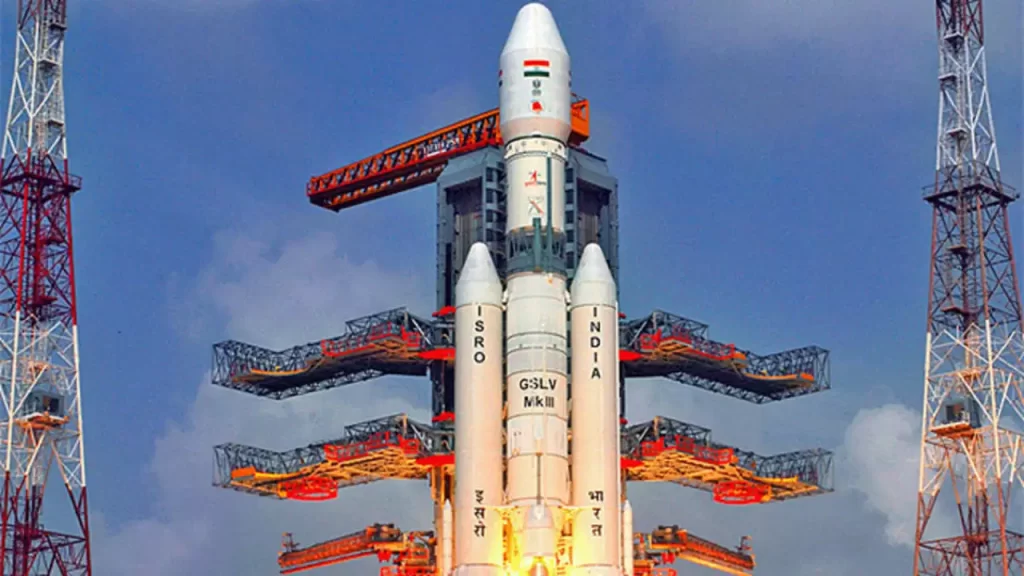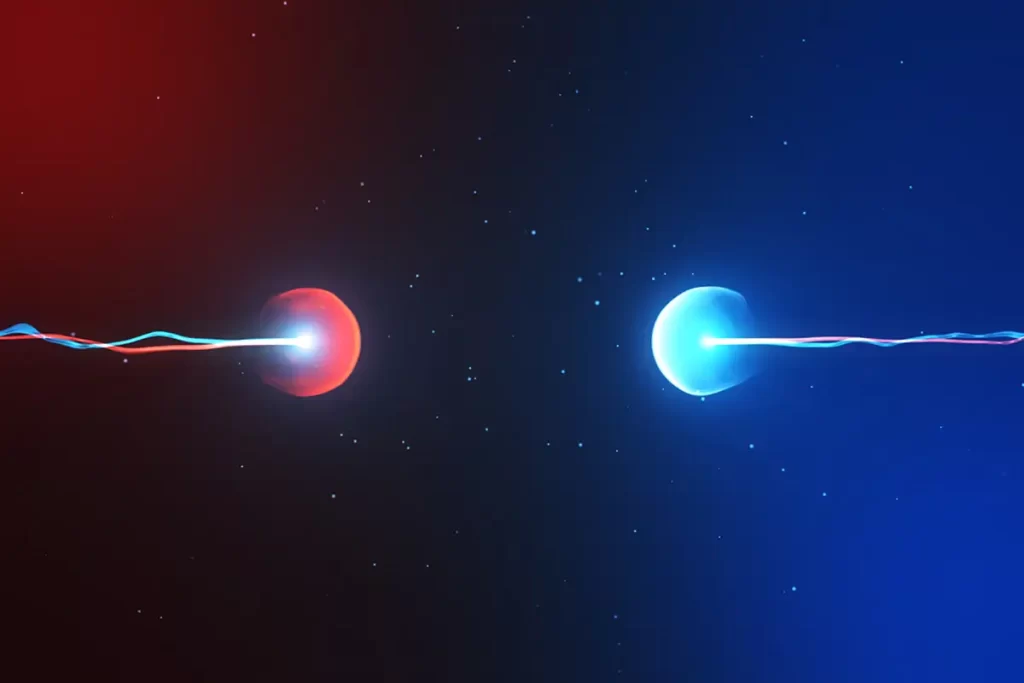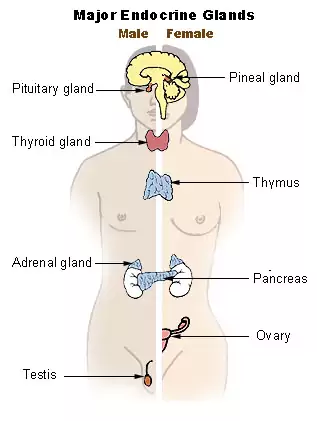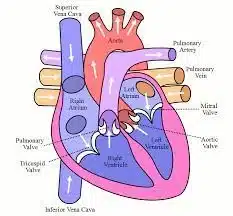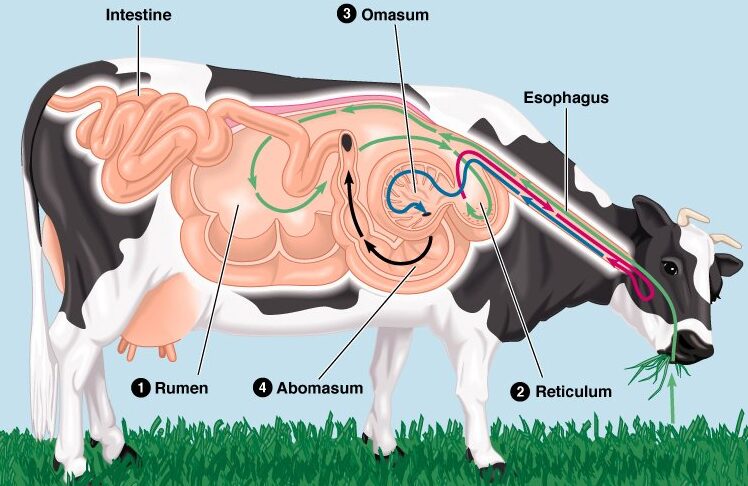Introduction to Human Digestive System
The digestive system is made up of the gastrointestinal tract (also called the GI tract or digestive tract) and the liver, pancreas, and gallbladder. The GI tract is a series of hollow organs joined in a long, twisting tube from the mouth to the anus. The hollow organs that make up the GI tract are the mouth, esophagus, stomach, small intestine, large intestine, and anus. The liver, pancreas, and gallbladder are the solid organs of the digestive system.
The digestive system performs four functions viz. ingestion, digestion, absorption and elimination. Ingestion is the intake of food. Digestion is of two types viz. mechanical (food is broken down into smaller pieces, this begins as soon as we put food in our mouth) and chemical (use of enzymes and acids to break down consumed food). Absorption is the assimilation of digested food in cells while elimination is passing out of what we cannot digest.
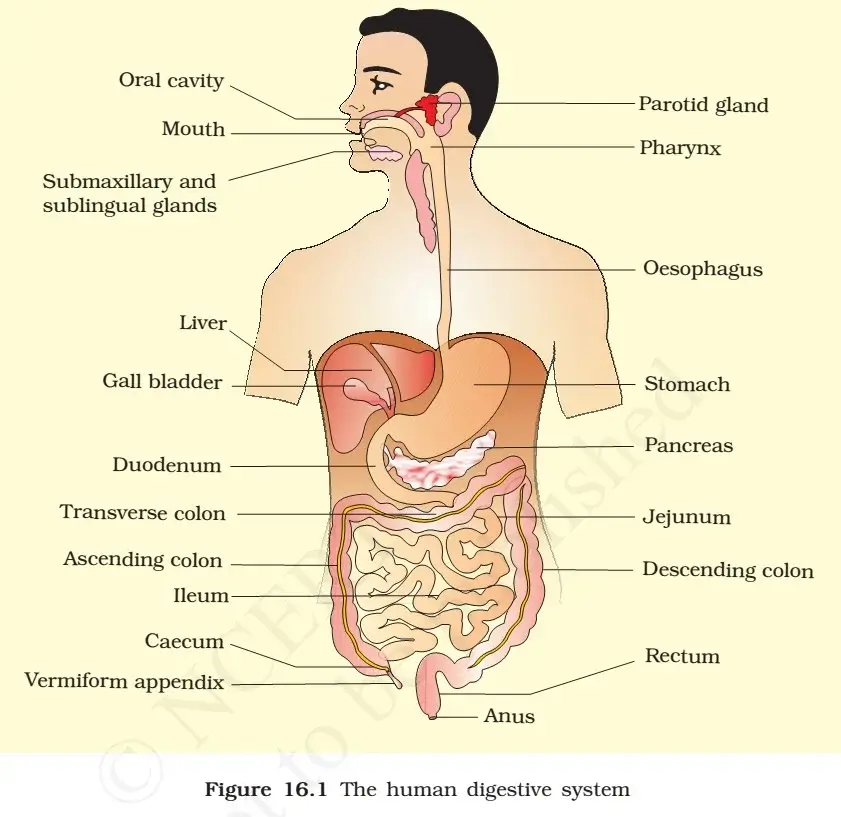
The entire digestive system is made of an alimentary canal and accessory digestive organs. The alimentary canal is made of salivary glands, Pharynx, Oesophagus, stomach, small intestine and large intestine. Accessory digestive organs are the liver, gallbladder and pancreas.
Digestion in different parts of the human body
Digestion in Mouth Cavity
The mouth is the beginning of the digestive tract. In fact, digestion starts before you even take a bite. Your salivary glands get active as you see and smell that pasta dish or warm bread. After you start eating, you chew your food into pieces that are more easily digested. Your saliva mixes with the food to begin to break it down into a form your body can absorb and use. When you swallow, your tongue passes the food into your throat and into your esophagus.
- Salivary glands release saliva in the mouth cavity which contains the Salivary Amylase enzyme that digests starch into sugars.
- Further, another enzyme called lingual lipase also begins the digestion of the lipids/fats in the mouth cavity only.
- Thus, while digestion of carbohydrates and lipids begins in the mouth cavity, digestion of proteins begins only in the stomach in a highly acidic environment.
- The mouth cavity leads to the pharynx which is a common passage for food and air. When we swallow the food, the windpipe is closed by a flap of cartilage behind the root of the tongue. This flap is called epiglottis.
- Beyond epiglottis is oesophagus, a food pipe that ends in the stomach.
- At the junction of the oesophagus and stomach, there is a ring-like muscle, called the oesophageal sphincter that relaxes and allows the food to pass through to the stomach.
- No digestion takes place in oesophagus.
Oesophagus
- Located in your throat near your trachea (windpipe), the oesophagus receives food from your mouth when you swallow.
- The epiglottis is a small flap that folds over your windpipe as you swallow to prevent you from choking (when food goes into your windpipe). A series of muscular contractions within the esophagus called peristalsis delivers food to your stomach.
- But first, a ring-like muscle at the bottom of your esophagus called the lower esophageal sphincter has to relax to let the food in. The sphincter then contracts and prevents the contents of the stomach from flowing back into the esophagus. (When it doesn’t and these contents flow back into the esophagus, you may experience acid reflux or heartburn.)
Digestion in stomach
- The Stomach has three mechanical tasks.
- To store the swallowed food, mix up the food, liquid, and digestive juice produced by the stomach and empty its contents slowly into the small intestine.
- Digestion of carbohydrates, proteins as well as fats takes place in the stomach. We note here that least time is needed to digest carbohydrates, more for protein and maximum for fats.
Key Enzymes in Stomach
- The main gastric enzyme is Pepsin which is secreted in an inactive form called Pepsinogen.
- It is activated by stomach acid (HCl).
- It breaks protein into peptide fragments and amino acids.
- Here, Hydrochloric acid plays a role in denture the proteins and killing any bacteria or viruses in the food.
- Another stomach enzyme is Gastric lipase.
- It works in an acidic environment {other lipases such as pancreatic lipase work in an alkaline environment} digests fats and lipids.
How stomach saves itself from acids secreted?
- The stomach has a highly acidic environment.
- To protect its own lining from digestion by digestive juices, it secrets Mucin and Bicarbonate from its mucous cells. Mucus and bicarbonate, secreted by mucus cells, create a pH gradient maintaining the epithelial cell surface at near neutral pH.
- This is one way to save its own cells. Another way is a high turnover of stomach cells.
The function of Gastrin Hormone
- Gastrin is an important hormone of the G-cells of the stomach.
- It stimulates stomach cells to produce hydrochloric acid (HCl) and another chemical called Intrinsic factor (IF).
Small Intestine
- Made up of three segments — the duodenum, jejunum, and ileum — the small intestine is a 22-foot-long muscular tube that breaks down food using enzymes released by the pancreas and bile from the liver. Peristalsis also works in this organ, moving food through and mixing it with digestive juices from the pancreas and liver.
- The duodenum is the first segment of the small intestine. It’s largely responsible for the continuous breaking-down process. The jejunum and ileum lower in the intestine are mainly responsible for the absorption of nutrients into the bloodstream.
- Contents of the small intestine start out semi-solid and end in a liquid form after passing through the organ. Water, bile, enzymes and mucus contribute to the change in consistency. Once the nutrients have been absorbed and the leftover-food residue liquid has passed through the small intestine, it then moves on to the large intestine, or colon.
Digestion process in small intestine
- By the time food is ready to leave the stomach, it has been processed into a thick liquid called chyme. A walnut-sized muscular valve at the outlet of the stomach called the pylorus keeps chyme in the stomach until it reaches the right consistency to pass into the small intestine. Once entered into duodenum, the chyme comes into contact with pancreatic juice with a pH of approximately 8.5. Thus, the hitherto acidic environment of stomach (pH near 2) is turned into alkaline environment. Here we note that the neutralization of the acidity of the chyme is necessary for the functioning of the digestive enzymes that act in the duodenum. Further, without neutralization of the acidity of the chyme, mucous membrane of the intestine would be damaged.
- What happens here is that the acidity of chyme stimulates production of a hormone called secretin in the duodenum. Secretin stimulates the pancreas to release pancreatic juice and also signals the gallbladder to expel bile in the duodenum. The pancreatic secretion, rich in bicarbonate ions, is released in the duodenum and neutralizes the chyme acidity; this acidity is also neutralized by the secretion of bile in the duodenal lumen.
- Further, most of the chemical digestion of fats begins only in duodenum via so called emulsification process.
Role of Liver: Bile Juice and Emulsification
- The liver has many functions, but its main job within the digestive system is to process the nutrients absorbed from the small intestine. Bile from the liver secreted into the small intestine also plays an important role in digesting fat and some vitamins.
- The liver is your body’s chemical “factory.” It takes the raw materials absorbed by the intestine and makes all the various chemicals your body needs to function.
- The liver also detoxifies potentially harmful chemicals. It breaks down and secretes many drugs that can be toxic to your body.
Gallbladder
The gallbladder stores and concentrates bile from the liver, and then releases it into the duodenum in the small intestine to help absorb and digest fats.
- Bile, an emulsifier liquid, is made by the liver and later stored in the gallbladder and released in the duodenum. Bile is composed of bile salts, cholesterol and bile pigments. Bile salts are detergents, amphiphilic molecules, or rather, molecules with a polar water-soluble portion and a non-polar fat-soluble portion. This feature allows bile salts to enclose fats inside water-soluble micelles in a process called emulsification. Through this process, fats come into contact with intestinal lipases, enzymes that break them down into simpler fatty acids and glycerol.
Why patients with gall stones are not allowed to take fatty foods?
- When foods high in fat are ingested, the gallbladder contracts to release bile into the duodenum. This is the reason why patients with gallstones are advised not to eat fatty foods, because the reactive contraction of the gallbladder may move some of the stones to the point of blocking the duct that drains bile into the duodenum, causing pain and other complications.
Other functions of Liver
- Apart from making bile for releasing in the small intestine, the Liver is also a site for storing, processing and inactivating poisons in food. This work is done by a network of veins in the liver called mesenteric circulation. The liver also polymerizes glucose and stores it as Glycogen. It stores many vitamins and iron absorbed in the intestine. It detoxifies poisonous substances such as alcohol, nicotine, drugs, etc.
Role of Pancreas
The pancreas produces enzymes that help digest proteins, fats, and carbohydrates. It also makes a substance that neutralizes stomach acid. The pancreatic juice is released into the mixture that contains the following enzymes to help chemically digest fats and carbohydrates:
- Pancreatic Lipase breaks apart fat molecules into fatty acids and glycerol.
- Pancreatic amylase breaks long carbohydrates into disaccharides, which are short chains of two sugars. The disaccharidases then break apart into monosaccharides that can be absorbed by the cells lining the small intestine.
- Trypsin and chymotrypsin are enzymes that break apart peptide fragments. After they break the peptides down into small chains, amino peptidases finish them off by breaking apart the peptides into individual, absorbable amino acids.
Intestinal Villi and Microvilli
- After digestion, the next step is absorption by cells of the mucous membrane of the intestine. For this to happen, a large absorption surface is needed. This is done in two ways. Firstly, the intestine itself is long and tubular and closely folded and has numerous loops. Secondly, a more efficient process is done by intestinal Villi and the microvilli of the mucosal membrane cells. These are like gloved fingers which scale up the process of absorption by increasing the absorption area manifold.
- The majority of water, vitamins and mineral ions are absorbed by the small intestine.
Digestion in Large Intestine
- The large intestine, or colon, is responsible for processing waste so that emptying the bowels is easy and convenient. It’s a 6-foot long muscular tube that connects the small intestine to the rectum.
- The large intestine includes the appendix, cecum, colon, and rectum. The appendix is a finger-shaped pouch attached to the cecum. The cecum is the first part of the large intestine. The colon is next. The rectum is the end of the large intestine.
- The large intestine is not responsible for digestion but only for reabsorption of nearly 10% of ingested water, a significant amount that gives consistency to feces. If there is some disease in colon, water will not be absorbed and the person will suffer from diarrhoea.
- Stool, or waste left over from the digestive process, is passed through the colon by means of peristalsis, first in a liquid state and ultimately in a solid form. As stool passes through the colon, water is removed. Stool is stored in the sigmoid (S-shaped) colon until a “mass movement” empties it into the rectum once or twice a day.
- It normally takes about 36 hours for stool to get through the colon. The stool itself is mostly food debris and bacteria. These “good” bacteria perform several useful functions, such as synthesizing various vitamins, processing waste products and food particles and protecting against harmful bacteria. When the descending colon becomes full of stool, or feces, it empties its contents into the rectum to begin the process of elimination (a bowel movement).
How is food assimilated?
The sugars, amino acids, mineral salts and water are taken from the capillary vessels of small intestine to mesenteric circulation. The blood from the mesenteric circulation distributes nutrients to tissues in body.
Role of vegetable fibers
- Plant fibers are not absorbed by the intestine but play an important role in its functioning. They retain water inside the bowels and therefore contribute to the softening of the feces.
- Softer feces are easier to eliminate during defecation. People who eat less dietary fiber may suffer from hard stool and constipation.
Intestinal Microflora
- Bacteria that live inside the intestine play an important role in digestion. Some polysaccharides such as cellulose, hemicelluloses and pectin are not digested by digestive enzymes secreted by the body; instead, they are broken down by enzymes released by bacteria in the gastrointestinal tract.
- Intestinal bacteria also produce substances vital to the functioning of the bowels, facilitating or blocking the absorption of nutrients and stimulating or reducing peristalsis. Further, gut bacteria are the main source of vitamin K for the body and, as a result, they are essential for the blood clotting process.
How does my body control the digestive process?
Your hormones and nerves work together to help control the digestive process. Signals flow within your GI tract and back and forth from your GI tract to your brain.
Hormones
Cells lining your stomach and small intestine make and release hormones that control how your digestive system works. These hormones tell your body when to make digestive juices and send signals to your brain that you are hungry or full. Your pancreas also makes hormones that are important to digestion.
Nerves
You have nerves that connect your central nervous system—your brain and spinal cord—to your digestive system and control some digestive functions. For example, when you see or smell food, your brain sends a signal that causes your salivary glands to “make your mouth water” to prepare you to eat.
Disorders of Digestive System
- Appendicitis, an inflammation of the appendix, most often affects kids and teens between 11 and 20 years old, and requires surgery to correct. The classic symptoms of appendicitis are abdominal pain, fever, loss of appetite, and vomiting.
- Gastrointestinal infections can be caused by viruses, bacteria (such as Salmonella, Shigella, Campylobacter, or E. coli), or by intestinal parasites (such as amebiasis and giardiasis). Abdominal pain or cramps, diarrheal, and sometimes vomiting are the common symptoms of gastrointestinal infections.
- Inflammatory bowel disease (IBD) is a chronic inflammation of the intestines that affects older kids, teens, and adults.
- Hepatitis, a condition with many different causes, is when the liver becomes inflamed and may lose its ability to function.
- The inflammation of the intestinal tract is the most common ailment due to bacterial or viral infections.
- The infections are also caused by the parasites of the intestine like tapeworm, roundworm, threadworm, hookworm, pinworm, etc.
- Jaundice: The liver is affected, and skin and eyes turn yellow due to the deposit of bile pigments.
- Vomiting: It is the ejection of stomach contents through the mouth. This reflex action is controlled by the vomit centre in the medulla. A feeling of nausea precedes vomiting.
- Diarrhoea: The abnormal frequency of bowel movement and increased liquidity of the faecal discharge is known as diarrhoea. It reduces the absorption of food.
- Constipation: In constipation, the faeces are retained within the rectum as the bowel movements occur irregularly.
- Indigestion: In this condition, the food is not properly digested leading to a feeling of fullness. The causes of indigestion are inadequate enzyme secretion, anxiety, food poisoning, overeating, and spicy food.
How can I keep my digestive system healthy?
If you have a medical condition, always ask your healthcare provider what you should do and eat to stay healthy and manage your condition. In general, the following are ways to keep your digestive system healthy:
- Drink water often: Water helps the food you eat flow more easily through your digestive system. Low amounts of water in your body (dehydration) are a common cause of constipation.
- Include fiber in your diet: Fiber is beneficial to digestion and helps your body have regular bowel movements. Be sure to incorporate both soluble and insoluble fiber into your diet.
- Eat a balanced diet: Be sure to eat several servings of fruit and vegetables every day. Choose whole grains over processed grains and try to avoid processed foods in general. Choose poultry and fish more often than red meat and limit all deli (processed) meats. Limit the amount of sugar you consume.
- Eat foods with probiotics or take probiotic supplements: Probiotics are good bacteria that help fight off the bad bacteria in your gut. They also make healthy substances that nourish your gut. It can be especially helpful to consume probiotics after you have taken an antibiotic because antibiotics often kill both bad and good bacteria in your gut.
- Eat mindfully and chew your food: Eating slowly gives your body time to digest your food properly. It also allows your body to send you cues that it is full. It is important to chew your food thoroughly because it helps to ensure your body has enough saliva (spit) for digestion. Chewing your food fully also makes it easier for your digestive system to absorb the nutrients in the food.
- Exercise: Physical activity and gravity help move food through your digestive system. Taking a walk, for example, after you eat a meal can help your body digest the food more easily.
- Avoid alcohol and smoking: Alcohol can increase the amount of acid in your stomach and can cause heartburn, acid reflux and stomach ulcers. Smoking almost doubles your risk of having acid reflux. Research has shown that people who have digestive issues that quit smoking have improved symptoms.
- Manage your stress: Stress is associated with digestive issues such as constipation, diarrhea and IBS.
Also, refer:


